I'm designing a battery powered device. The device will be placed in an environment where the relative humidity is below 20%. So it is essential to protect the electronics from potential ESD events. However, it's hard to identify dangers myself. It would be appreciated if someone could answer the questions below.
Possibility of ESD from enclosure to PCB
I need to use a plastic rectangular enclosure and mount my PCBs in the enclosure using nylon screws. Can ESD events occur between the inner surface of the enclosure and PCB through air? For sure charge will build up in the PCB and enclosure at some point, Then the polarity of the coppers in the PCB and the polarity of plastic enclosure, or parts of it, can be different. I wonder if ESD can happen between them, when they are charged with different polarity.Mounting SMD components on bottom layers of the PCBs
It seems very hard for me to place components only on the top layers of the PCBs. Would it be dangerous to place SMD components on the bottom layer? Their pads will be exposed to air, and the distance to the plastic surface will be shorter than 5mm.Shielding PCB from ESD sources using tape
Is there a general solution to protect PCB pads from ESD? Could one use something like Kapton tape?
It would be very appreciated if one could provide useful references(technical documents addressing the ESD protection for isolated systems)
Note: It's not possible for me to change the environment. So it's not a solution to not work in such dry place, to not use a plastic enclosure, or to not have a floating ground. The problem that I have would be common in some applications, so I think this is a relevant question.
